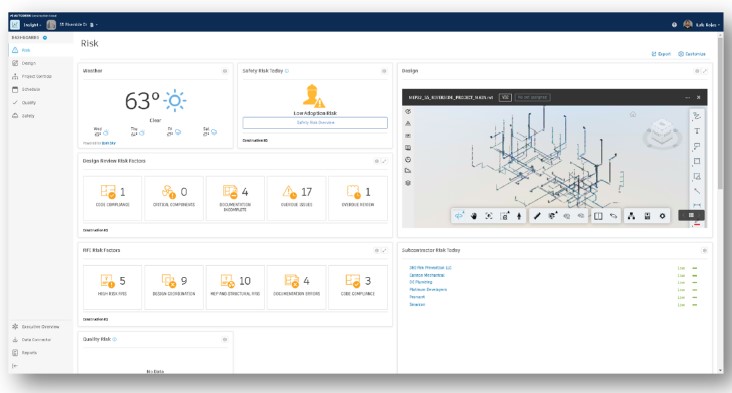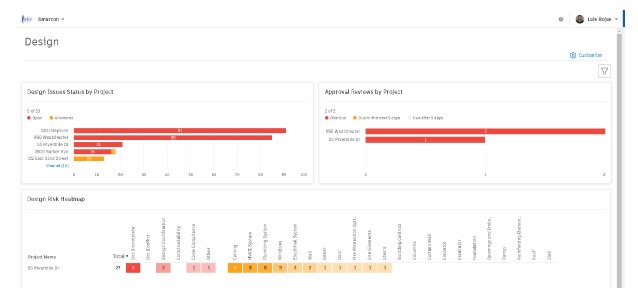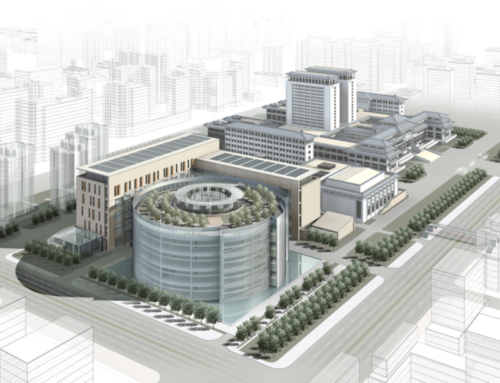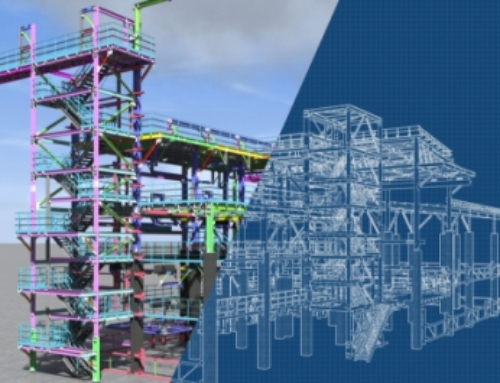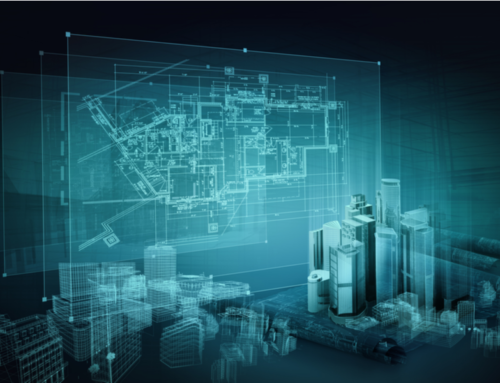What is the Smarcon BIM360 HUB?
Smarcon BIM360 HUB is a process supported by various tools, technologies and contracts involving the generation and management of digital representations of physical and functional characteristics of places. Building information models (BIMs) are computer files (often but not always in proprietary formats and containing proprietary data) which can be extracted, exchanged, or networked to support decision making regarding a built asset. BIM has been the talk of the town in the AEC industry for several years. Yet, for all the talk, there is a lot of confusion about BIM in construction and how it can help contractors. One common misconception is that BIM is merely a technology, or that it only refers to 3D design (though 3D models are indeed at the core of BIM). BIM is a process for creating and managing all the information about a project, leading to an output known as a Building Information Model, which contains digital descriptions for every aspect of the physical project. While BIM is mostly associated with design and preconstruction, it absolutely benefits every phase of the project life-cycle, even well after building is complete. Building Information Modeling allows projects to be built virtually before they are constructed physically, eliminating many of the inefficiencies and problems that arise during the construction process.
5 Benefits:
1. Improve Onsite Collaboration and Communication Digital Smarcon BIM360 Hub models allow for sharing, collaborating, and versioning that paper drawing sets don’t. With Smarcon’s cloud-based tools such as Smarcon’s BIM 360 implementations, BIM collaboration can seamlessly occur across all disciplines within the project. The BIM 360 ecosystem allows teams to share project models and coordinate planning, ensuring all design stakeholders have insight into the project. Cloud access also allows project teams to take the office to the field. With apps such as Smarcon’s BIM 360 tools, teams can review drawings and models onsite and on their mobile devices, ensuring they have access to up-to-date project information at any time.

2. Model Based Cost Estimation Many AEC firms are realizing that including estimators earlier in the planning stage allows for more effective construction cost estimation, which has led to the growth of model-based cost estimating (also known as 5D BIM). Using BIM tools such as Smarcon’s Revit and BIM 360 Hub automates the time-consuming task of quantifying and applying costs, allowing estimators to focus on higher value factors, such as identifying construction assemblies and factoring risks.

3. Visualize Projects in Preconstruction By using BIM, you can plan and visualize the entire project during preconstruction before the shovel hits the ground. Space-use simulations and 3D visualizations allow clients to experience what the space will look like offering the ability to make changes before construction start. Having a greater overview from the beginning minimizes expensive and time-consuming changes later.
4. Better Coordination & Clash Detection BIM allows you to better coordinate trades and subcontractors, detecting any MEP, internal, or external clashes before construction begins. Will the electrical conduits clash with a steel beam? Do the doorways have enough clearance? With Smarcon’s BIM 360 you can avoid clashes with automated clash detection. Reduce the amount of rework needed on any given job by avoiding clashes. With BIM, you have the opportunity to plan it right before you build onsite. You can avoid last-minute changes and unforeseen issues by enabling easy reviewing and commenting across multiple disciplines.
5. Mitigate Risk & Reduce Cost One study by McKinsey found that 75% of companies that have adopted BIM reported positive returns and on their investments. But BIM can save you money in a myriad of ways if you take advantage of it. Closer collaboration with contractors can lead to reductions in tender risk premiums, lower insurance costs, fewer overall variations, and fewer opportunities for claims. Better overview of the project before starting allows for more prefabrication and reduces waste on unused materials. Prefabricated elements can be easily bolted in place rather than created on-site. Labor costs spent on documentation work and miscommunications are reduced. Many companies are using BIM and construction technology to reduce costs and mitigate risk.
